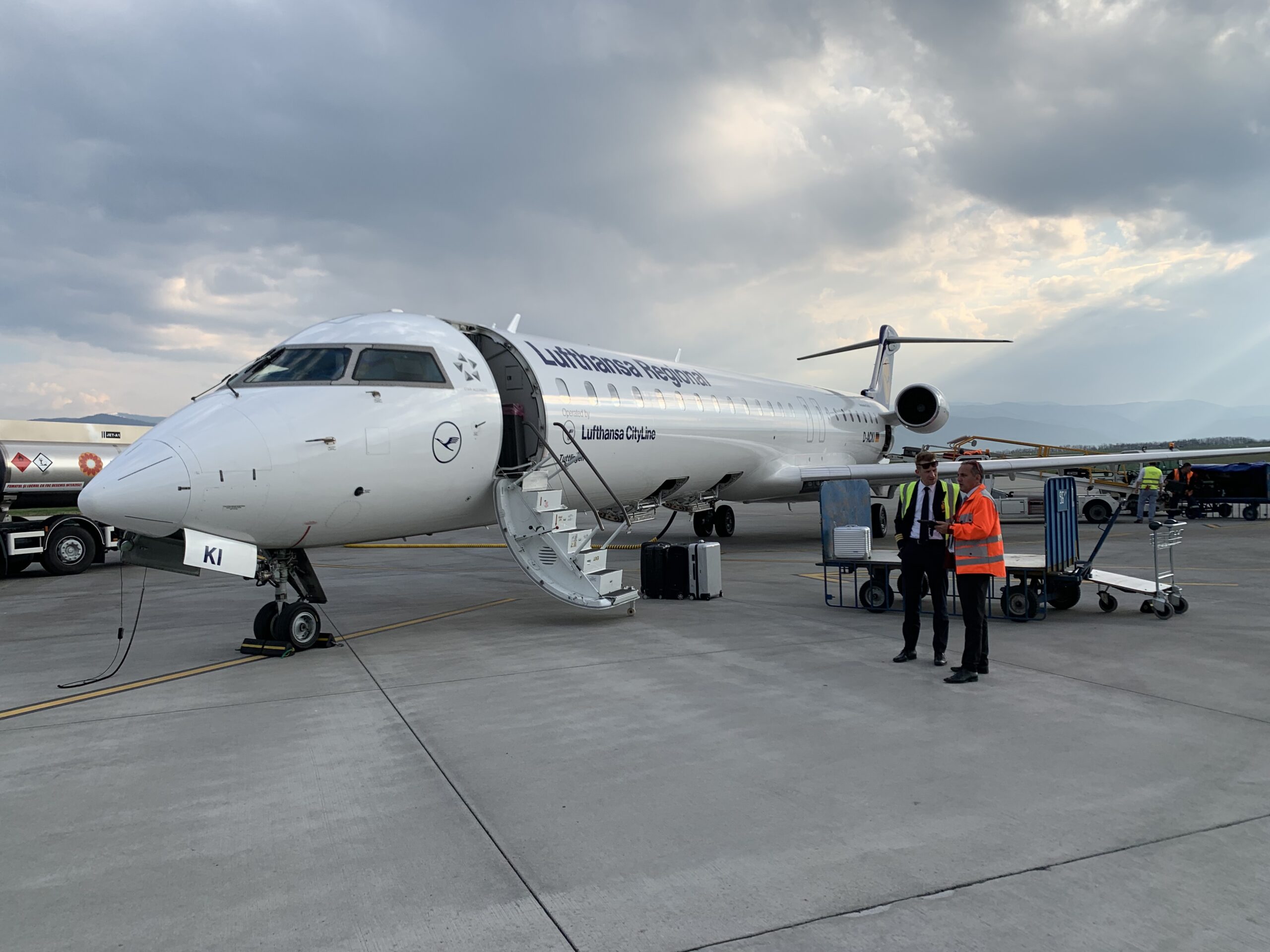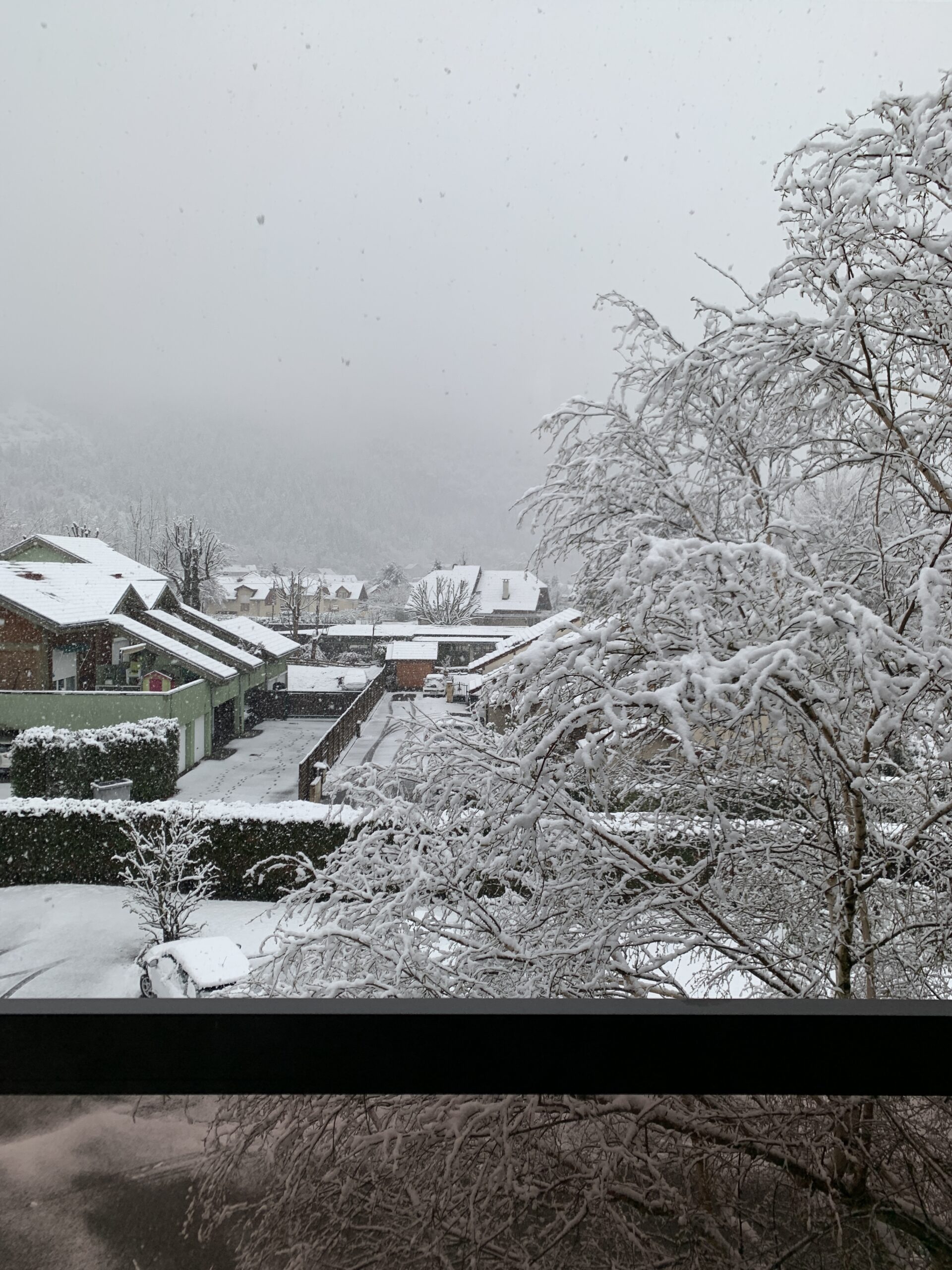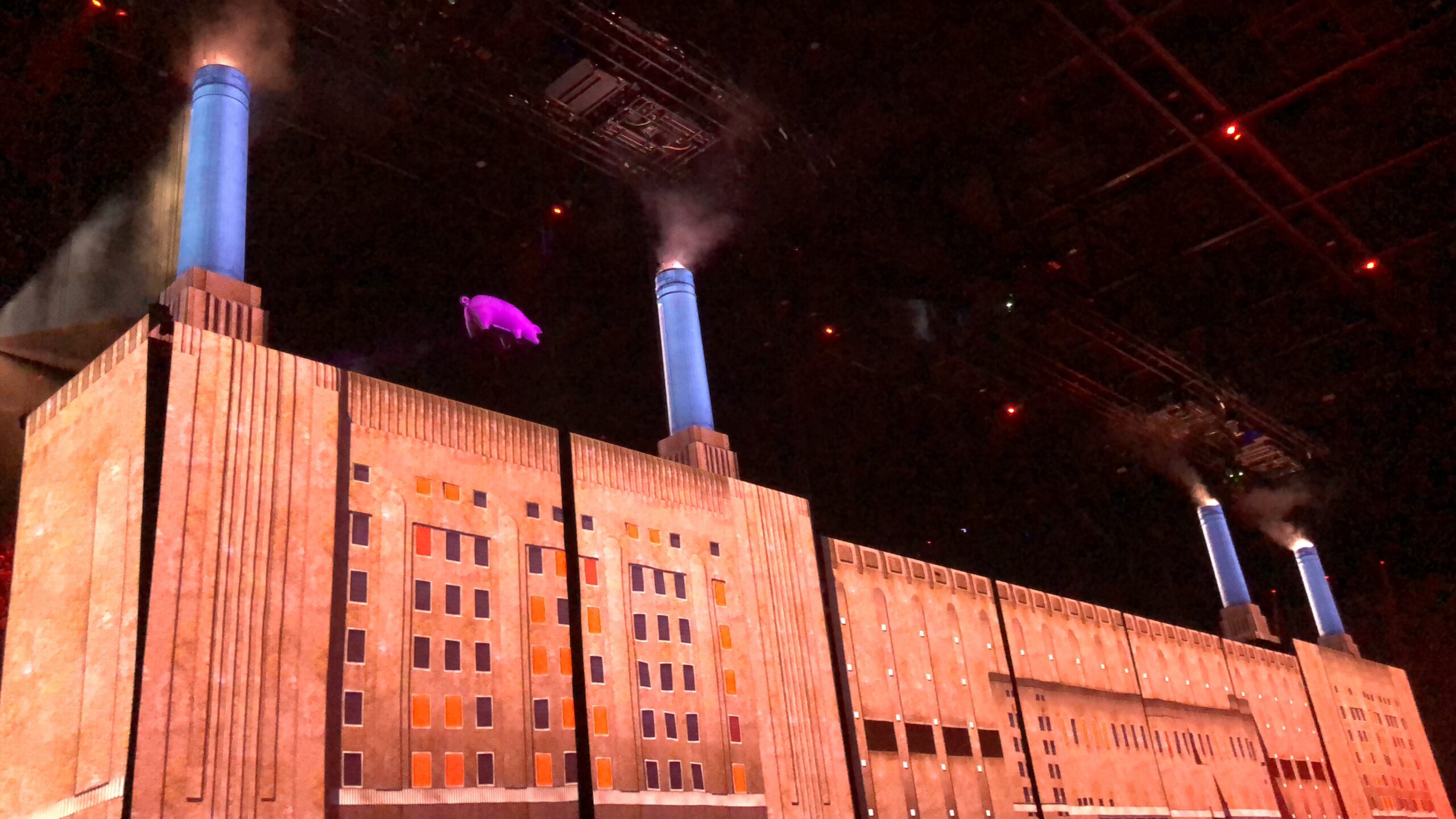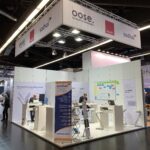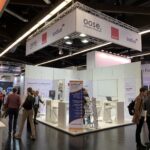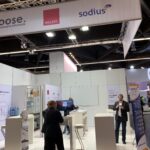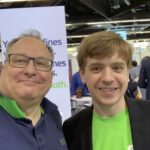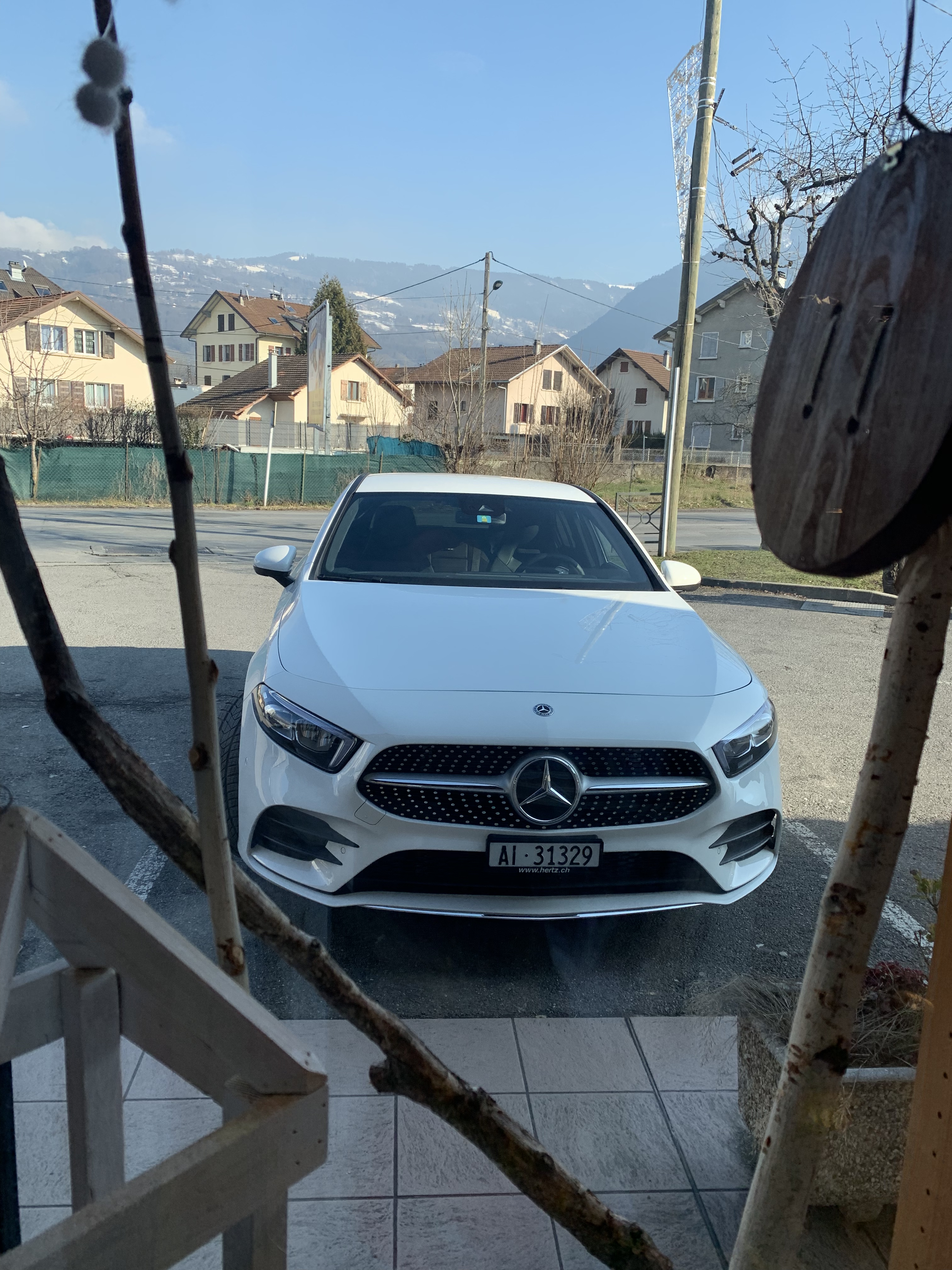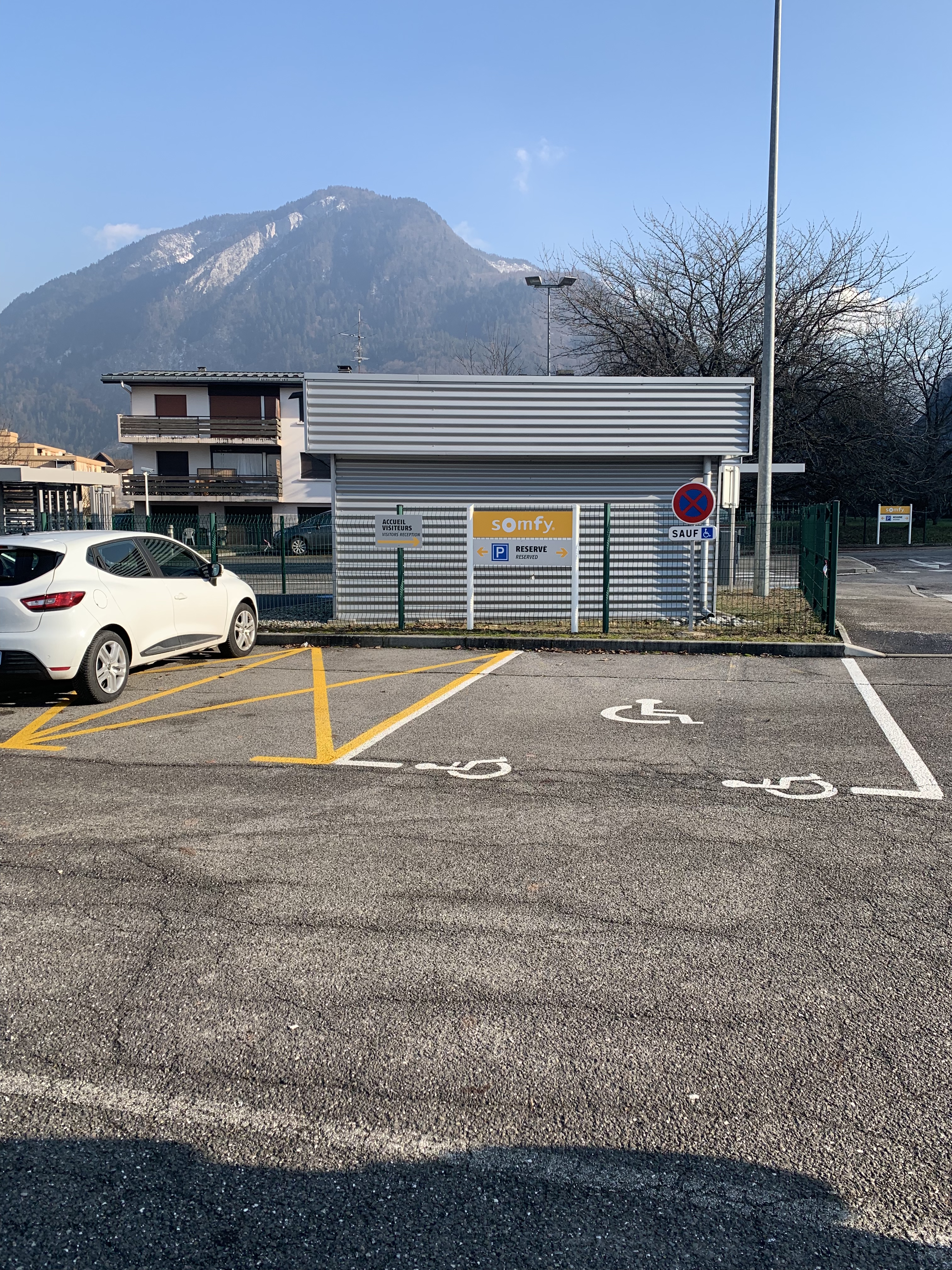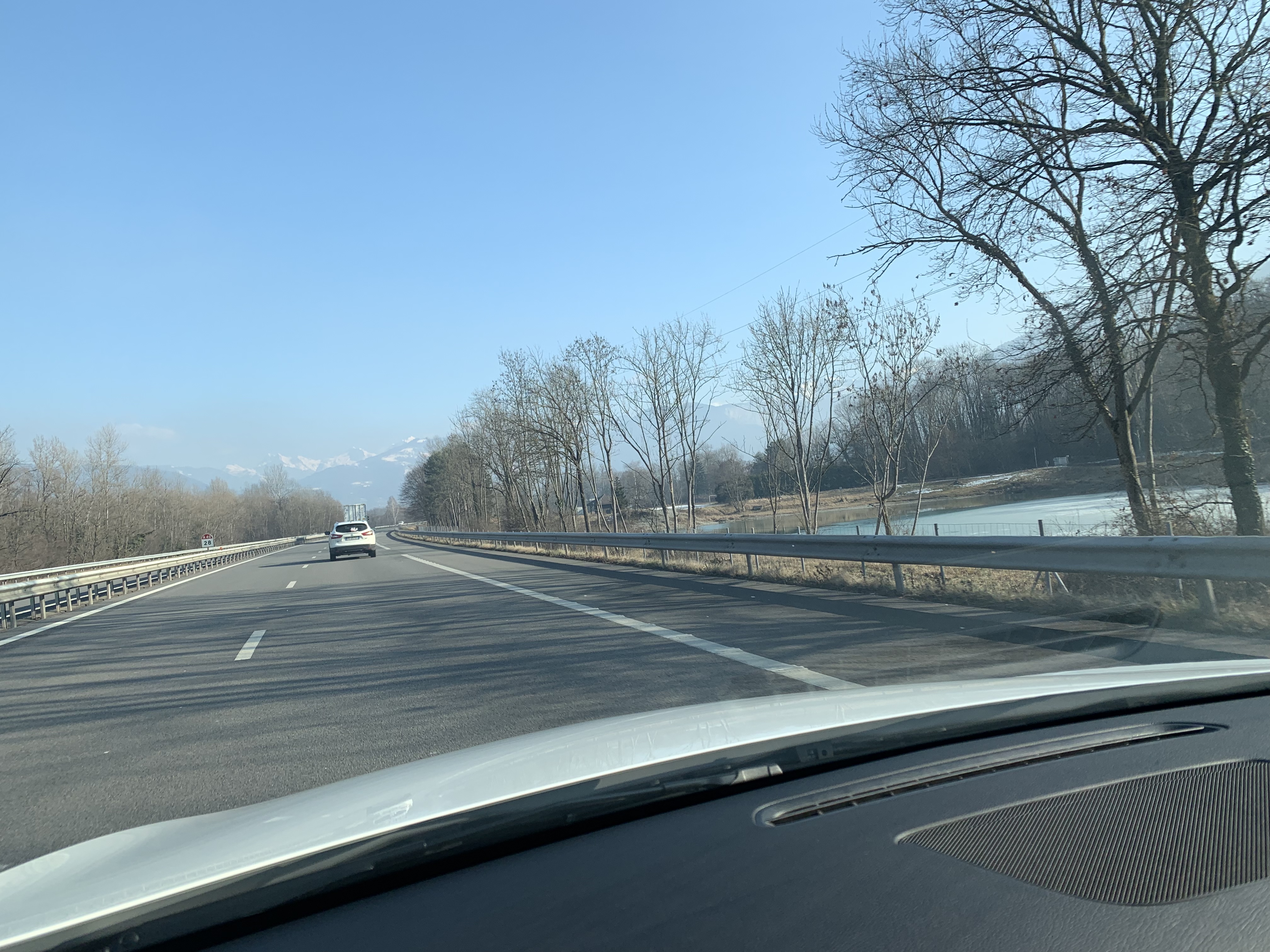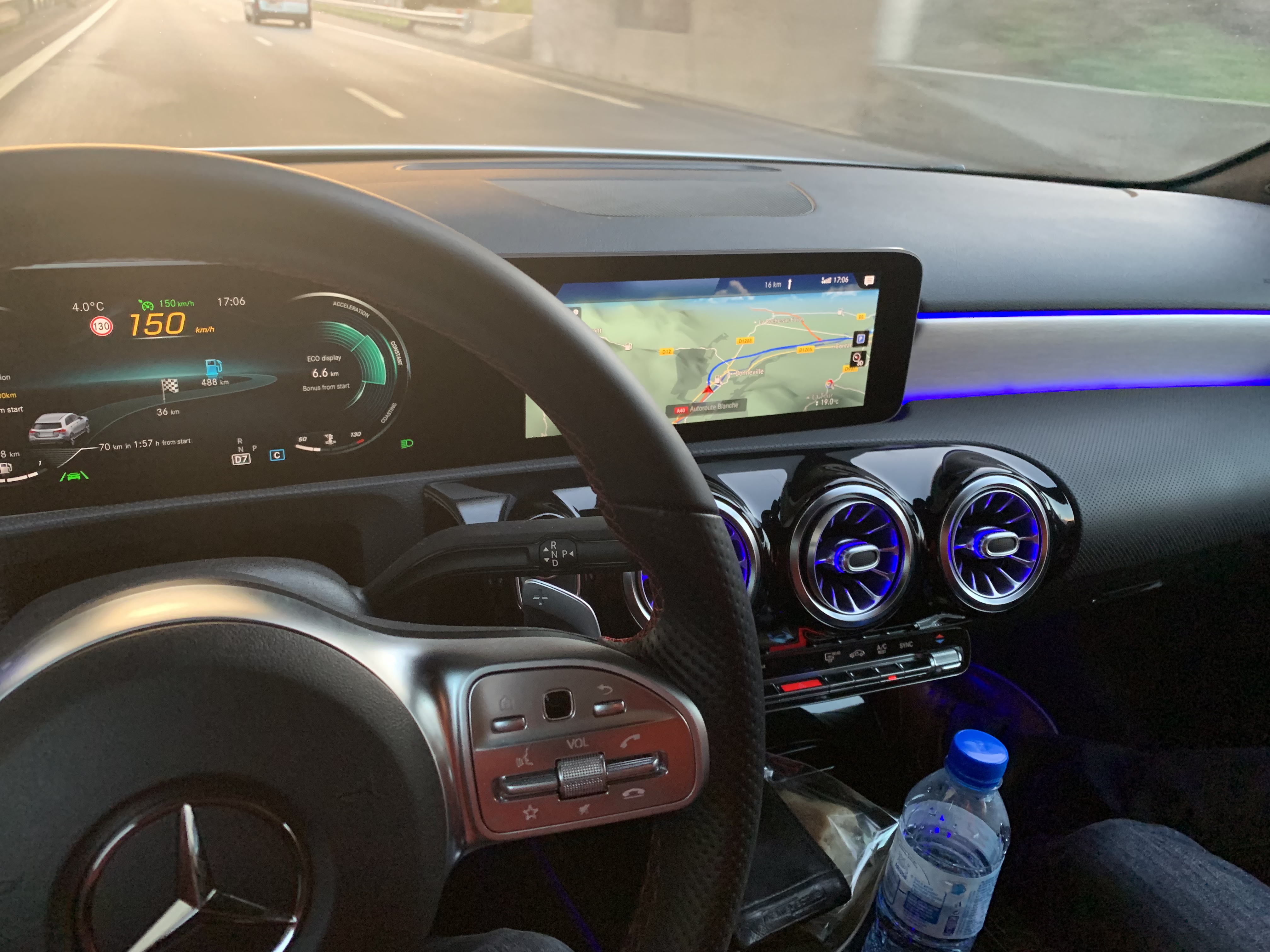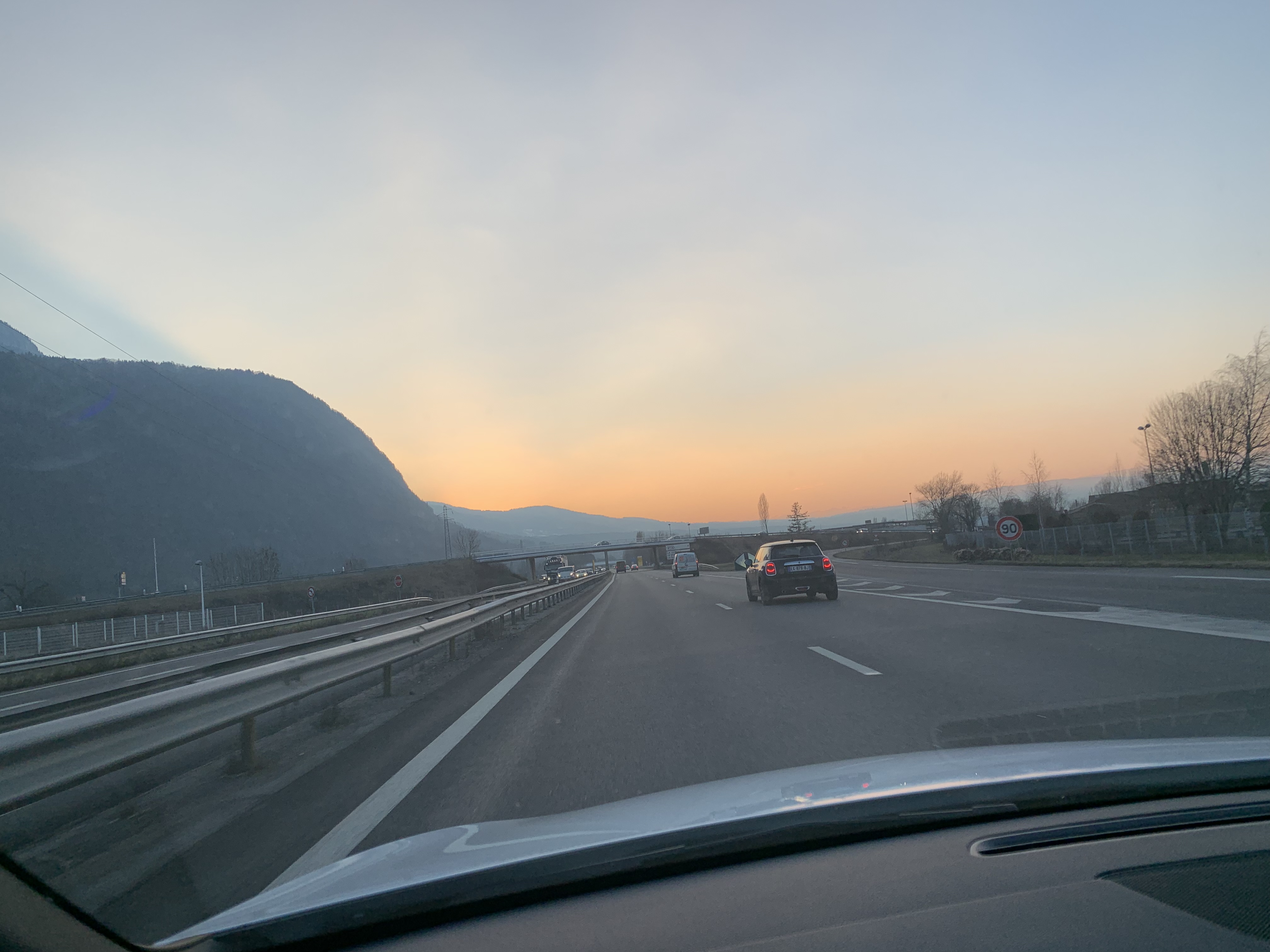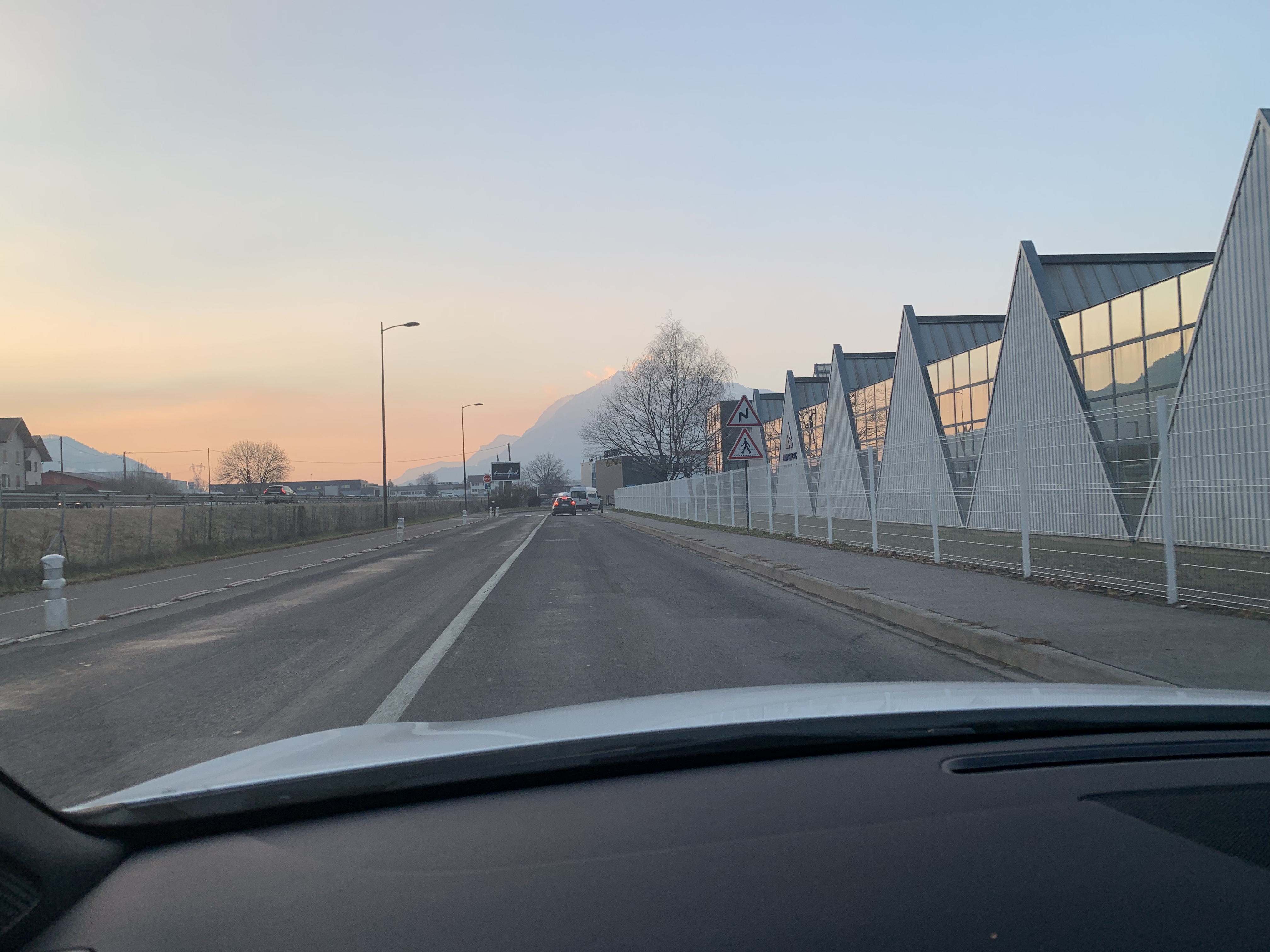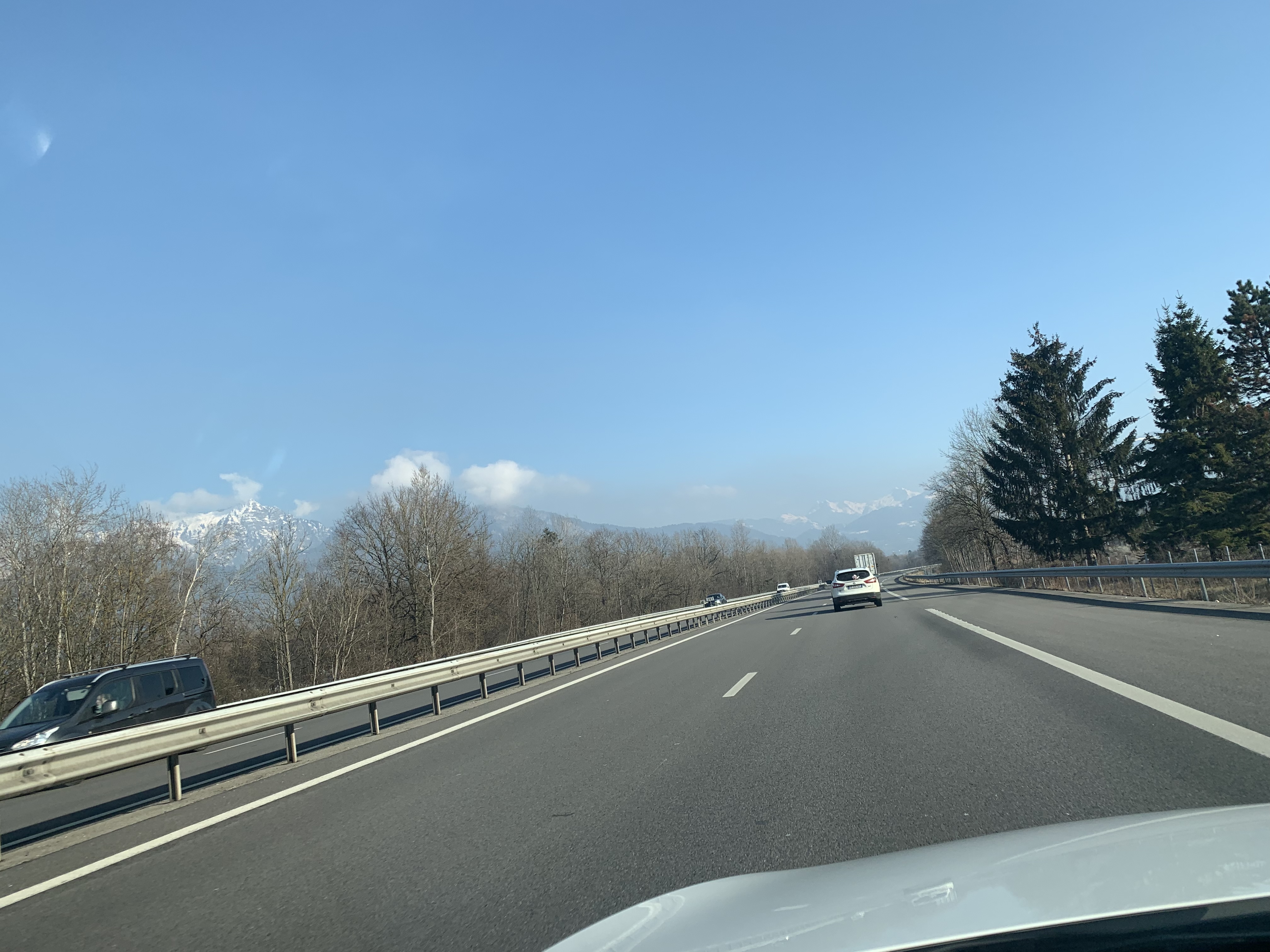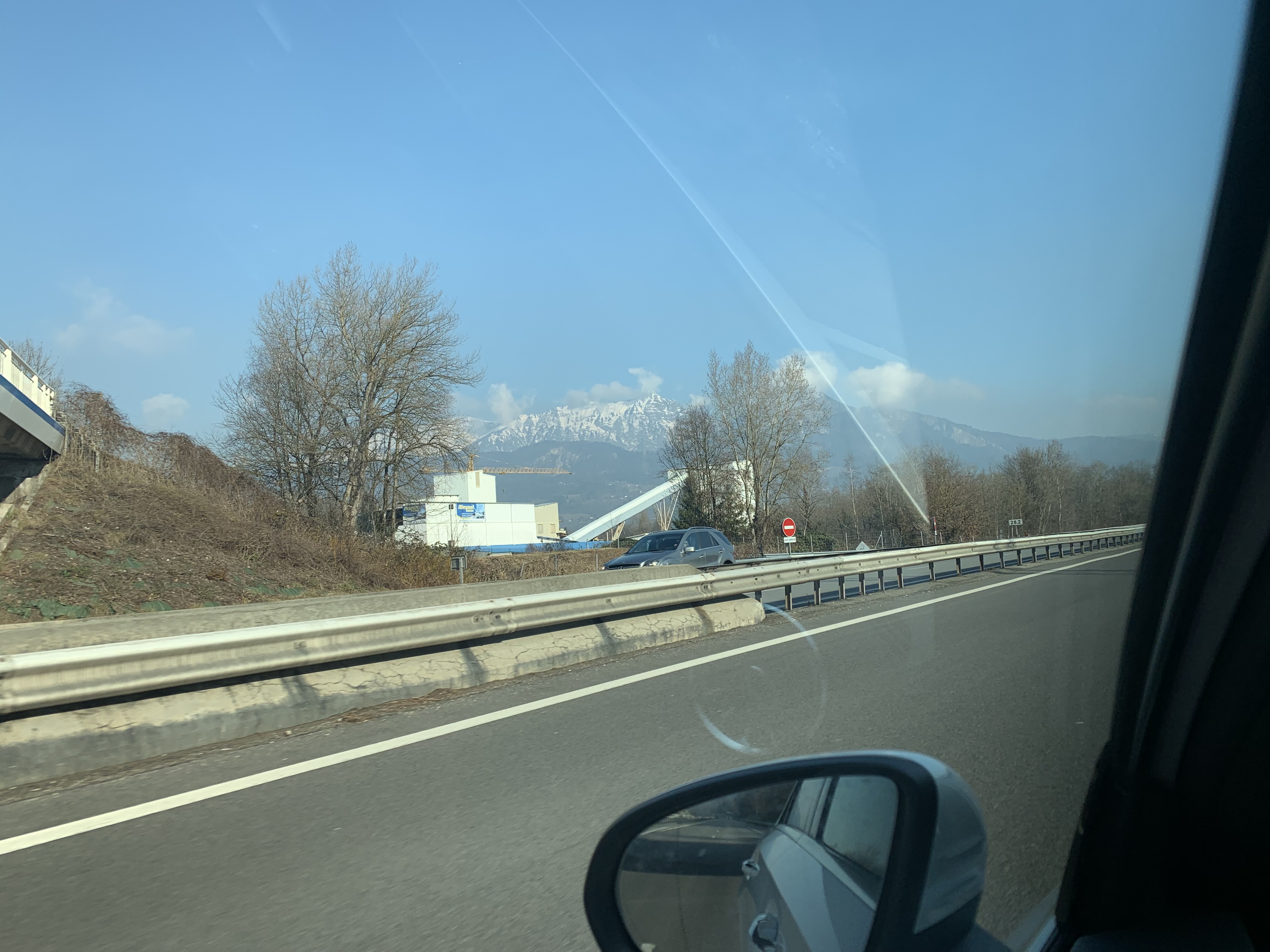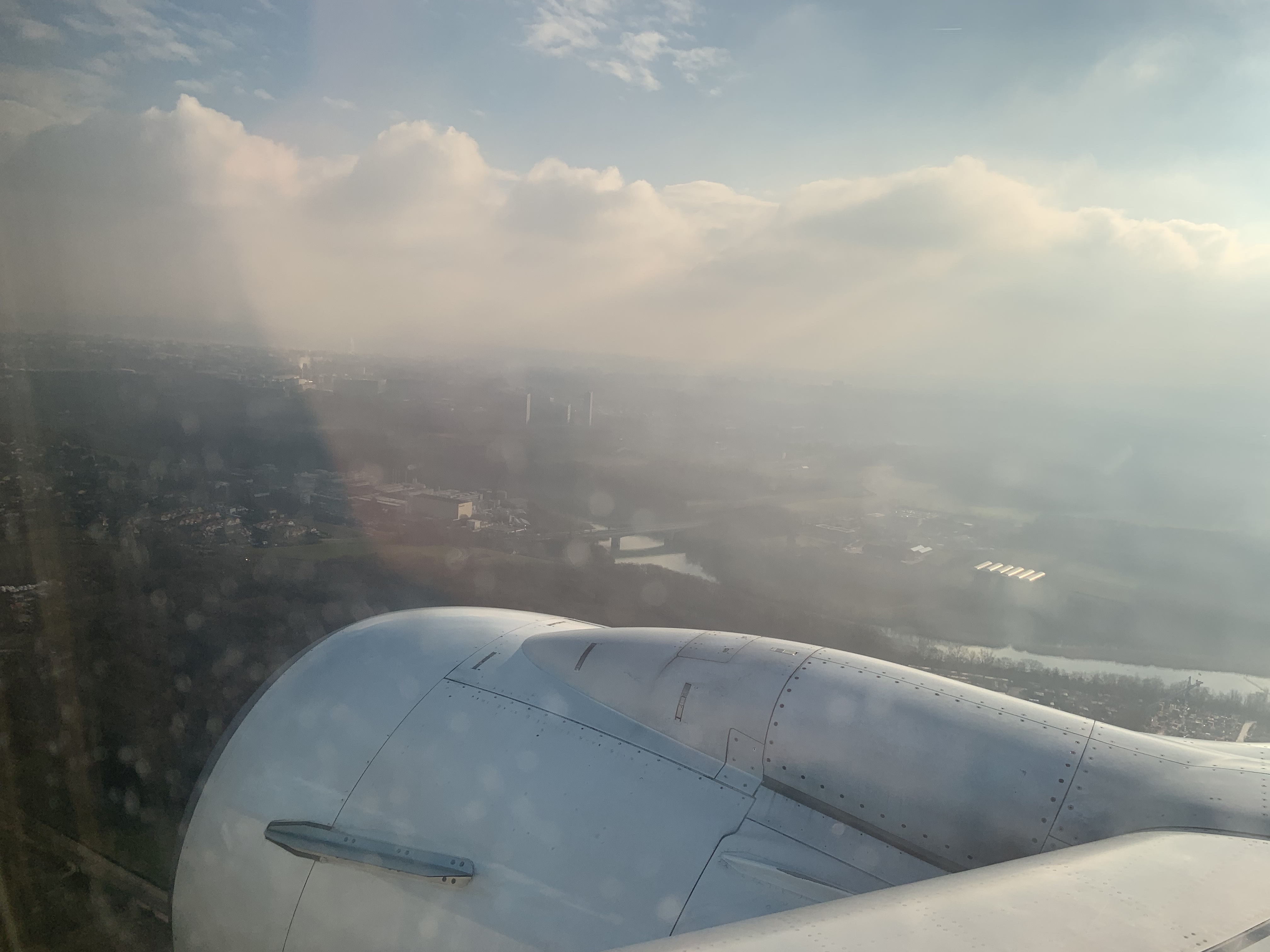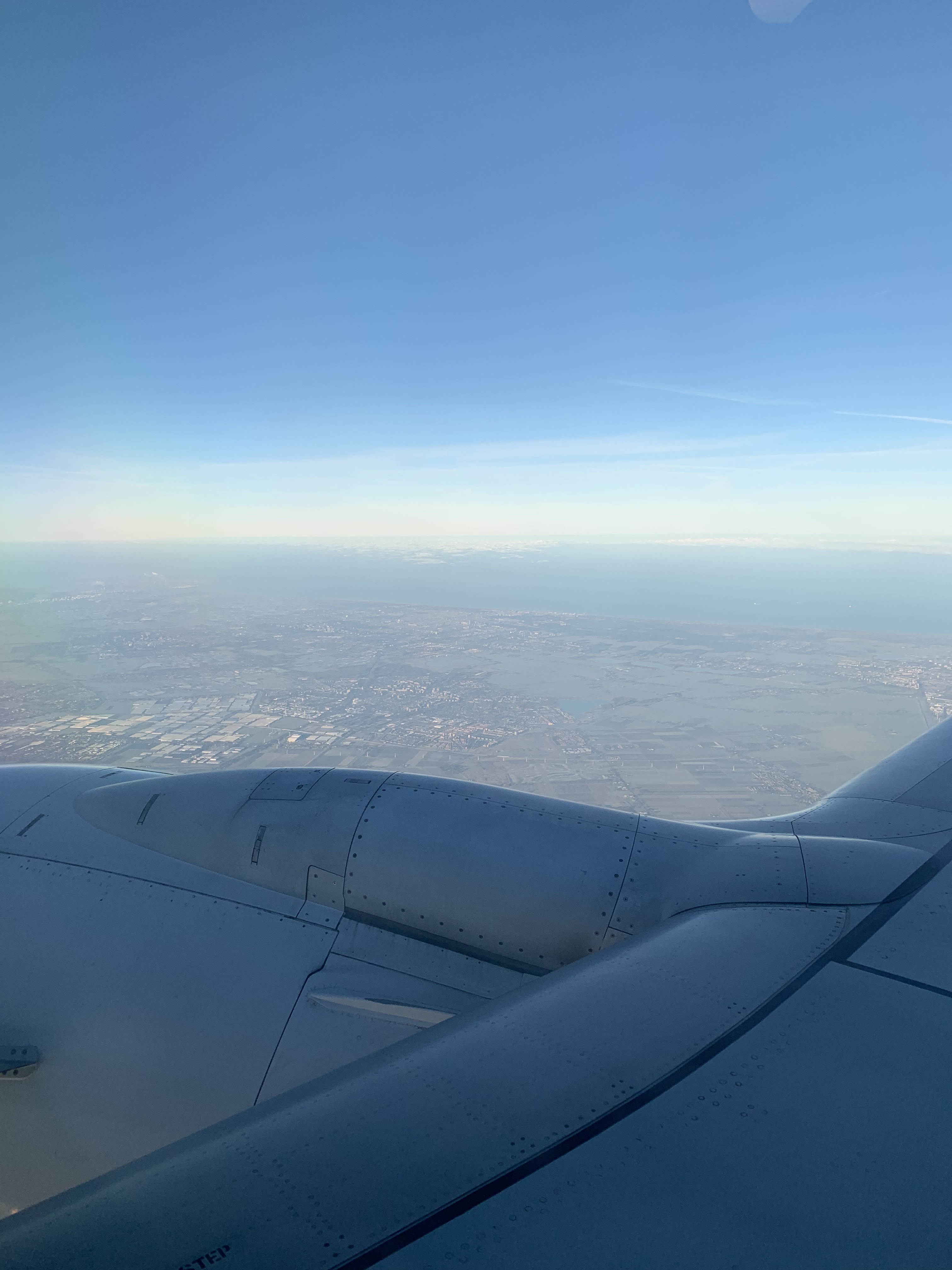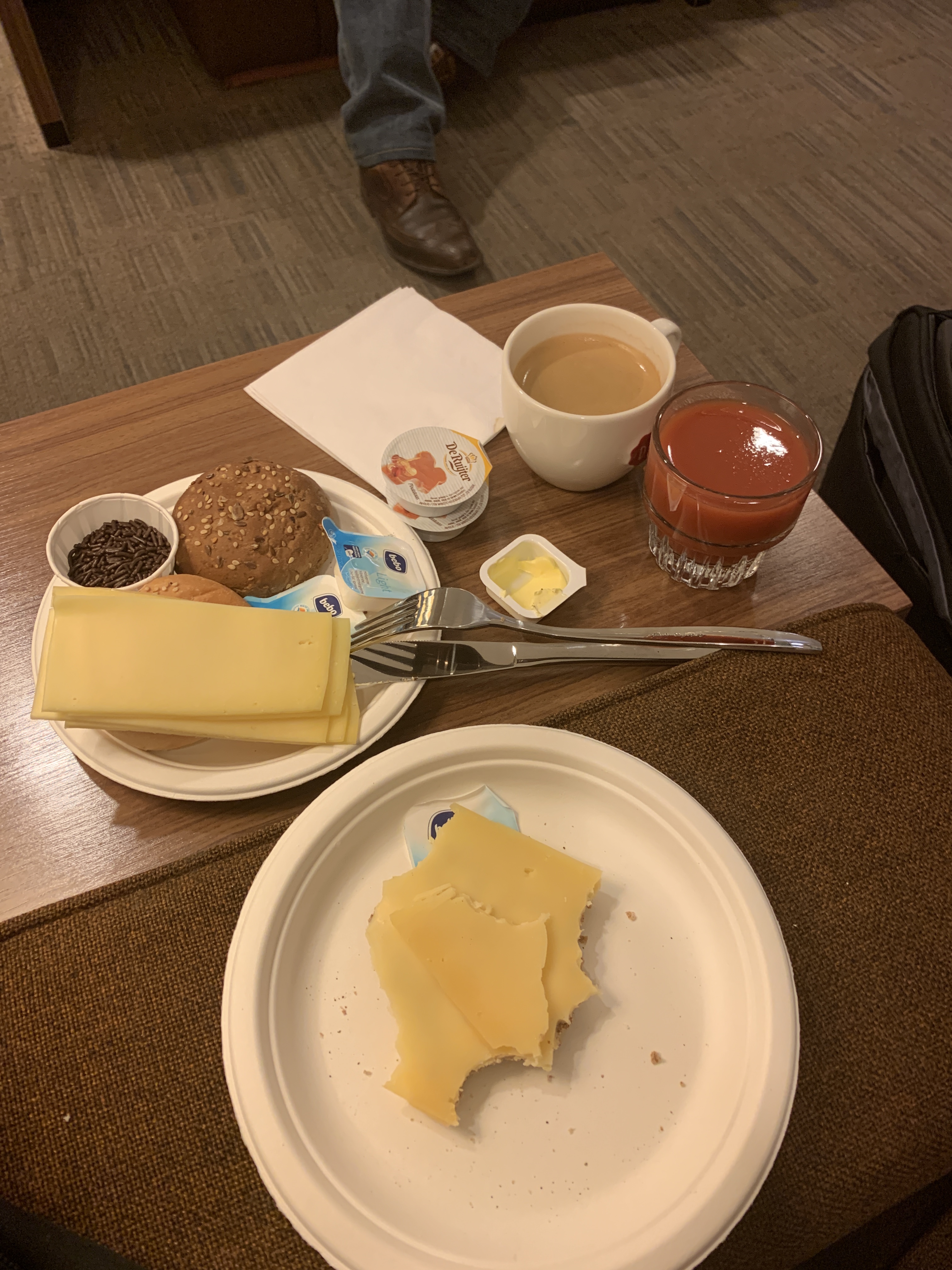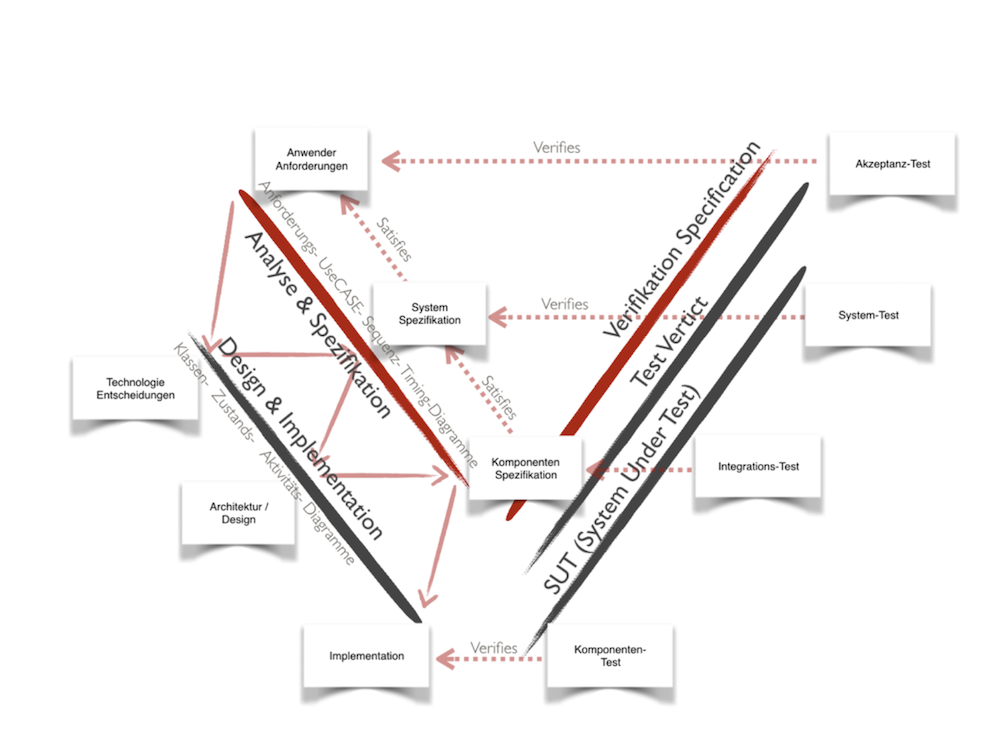Je komt nog eens ergens
That is Dutch and means something like: “You go places”. Yes I certainly do. This time I had to be in Rumania to do a training for a customer that has a development center there.
Because everything was organized in a hurry I did not really prepare well for this trip. That is, I did the necessary things but no more than that. So I was not be able to visit the HardRock Cafe in Bucharest since that is a 5 hour drive away from Sibiu where I was located. My flights would stop in Buicharest but not long enough unfortunately.
My original plan to fly to Bucharest and take a car was not a good one, Romania does not have a concept of highways like we do. So the average speed will be under 50km/h which effectively rules out using a rental car. Also the rentals were really expensive, no idea why, cars are not really expensive in Rumania.
I also did not look up anything about the place I was about to visit..
Rumania is not _really_ Europe
They are part of the European Union, without the Euro though, they use their own currency, but that was not really noticeable. KLM did not offer flights to Sibiu on their website although I managed to find flights from AMS via OPT to SBZ (OPT = Bucharest, SBZ is Sibiu) via another website. I decided to phone with the Platinum Hotline (Hey! You have to use what you’ve got!) and they advised men to use the Air France Website and…. bingo. That was possible. The wonders of Air Travel.. KLM-Air France say they are one organization but as far as I know they are far from that.
Also going in and out I had to show my ID. Schengen??? “Never heard of”…
Looking Good, or?
Coincidentally I looked on my phone in the Air France app and I noticed that there was a message. I looked on it and it said: Your flight is cancelled, please contact the ticketing Buro.
Cool. What if I had not looked??? So phone again with the hotline. This was all done during my previous trip in a car driving from Germany to France via Switzerland… They said the last part of the trip was cancelled. This was the Tarom (Rumanian Air Company) flight from OTP-SBZ. First they told me I had to fly on another day. After i (still politely) explained them that that was a real bad idea because people would be waiting for me… They completely rebooked me to a Lufthansa flight AMS-VIE-MUC-SBZ (Yes… Vienna, Munich in that order…) Hopping through Europe like a crazy kangaroo… Also I would arrive at 1:10 am on the next day.
Later at home I phoned again and now they had a better alternative, AMS-MUC-SBZ, arriving 18:00 on the correct day. “Geht doch”…
Without Status…
I had already arranged that my XP would still be booked (important, I do not want to loose my fresh status on KLM) but I noticed that contrary to KLM (Where they really treat you well as a status passenger) Lufthansa did not know me at all…. And did not let me in their lounge nor would they give me a nice chair. They promised me a window seat on the flight from Munich. I had a seat next to the place where normally the windows are. Unfortunately not on that row….
But I arrived. And on time. The hotel was also close to the airport and the company where I had to be. Going by foot was not advised so i still used taxis but they are very cheap in Rumania. (Even when the taxi driver screws you…)
Dracula
Yes… I have to mention it… The part of Rumania where I was is Transylvania. Home of the famous Count Dracula. And Vampires and so. Luckily I do not believe in that.
Sibiu is a very nice city, definitively worth another visit!!!
My friend Jan Scholten (who has been in Rumania before) told me that Sibiu has a German speaking minority and that the town was also known as “Hermannstadt“. Since it has been the cultural capitol of Europe (in 2007) a lot of Restauration took place and it looks really beautiful!







Training
This was again an example of the necessity of having a training when you start to use Rhapsody. There are so many things that you can learn very fast from an experienced person but can hardly read in a book because you cannot find the connection between all that is written.
The Rhapsody manual is 600 pages, it does not nearly cover all topics and still you find nothing unless you really know what you are looking for.
Yes, partly that is due to the fact that the Rhapsody GUI is not always as easy as it could be. But I know that people are working very, very hard to improve that. Rhapsody 8.4 will be a great step in that direction. But even if the GUI would have been perfect, it is still a lot of stuff you have to learn.
Shortcuts
Three times in a row I met people that were quite experienced in Rhapsody but still did not know the keyboard shortcuts that make life so much easier….
- Pressing “Alt” during resizing elements on diagrams will only resize the “outer” element and leave the content of the resized element as it is. (You can do that via the normal menu as well…)
- Pressing “Shift” when dragging up or down in a sequence diagram will shift everything under the cursor up or down. (That way you can create or fill space on a Sequence diagram)
- You can “multi” select using Shift and/or CTRL. You can then delete multiple items but also change “common” features or Display Options.
- In the (OK…not so really cool) Editor you can select Rhapsody Model elements with CTRL-Space. (Intellivisor) The one in Eclipse (Or VS) is better but it’s not bad at all! Saves typing!
Have you already tried the “Mouse menu” feature? Right clicking in a diagram gives you all possible model elements for that position. You don’t have to move the mouse to the menu and back!
That’s it! Have fun modeling with Rhapsody!
Walter van der Heiden (wvdheiden@willert.de)
